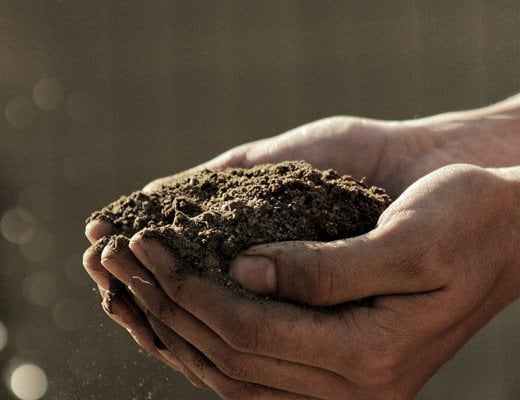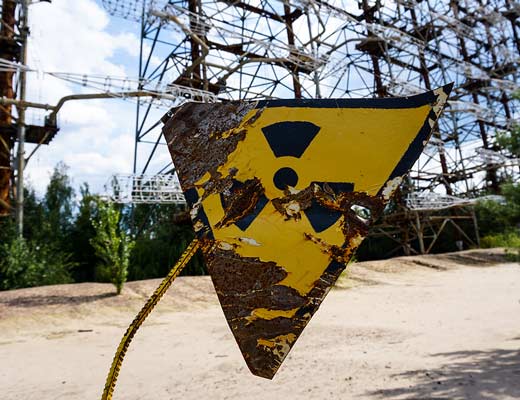HEMP & CONTAMINATED SOIL
Hemp can clean contaminated soil and there has been countless articles to extol the various attributes of the hemp plant. This is going to be another one with more detail. Not only can hemp fiber can be used to create anything from clothing and paper to concrete bricks, but hemp plants also possess the remarkable ability to pull foreign contaminants and heavy metals out of polluted soil, through a process called phytoremediation.

HYPERACCUMULATORS
Certain plants, known as hyperaccumulators, have the capacity to absorb metals and other toxins from soil by metabolizing it through their roots, where it is then transferred and stored in their stems and leaves; these plants are also able to degrade or render certain contaminants harmless.
Hyperaccumulators can have multiple applications because crops that have been used to phytoextract metals can afterwards be harvested for the metal that has been accrued, with a method that is known as “phytomining”. It is thought that certain plants develop this ability as a natural defense against herbivores. Some well known hyperaccumulators are sunflowers and mustard plants; however, hemp is known to be one of the best plants for phytoremediation, as it is particularly suited for tolerating heavy metals.

HEMP PLANTED NEXT TO A NUCLEAR PLANT
After the infamous reactor explosion at the nuclear power plant at Chernobyl in 1986 caused numerous toxic compounds to be projected into the surrounding area, farmers close to the blast zone were understandably worried about what impact the radioactive particles would have on the soil. In an attempt to clean out the toxic materials and reduce further dispersion of radionuclide, different hyperaccumulators were planted, most notably hemp.
While this solution was innovative at the time, it did present a new set of problems in terms of how to dispose of the radioactive crops, including how to harvest and transport them without risking the threat of further contamination.

CLEANING CONTAMINATED SOIL
In 2008, an Italian farmer discovered that his land had been contaminated with dioxin, a toxic chemical that had been leaking from a large steel plant that was nearby. The government had detected dioxin in his livestock, and so he was forced to slaughter his entire herd of 600 sheep. In order to save his land, he came up with the idea to use hemp crops for phytoremediation, in order that they might leach the toxic chemicals out of the soil. Although the process is time consuming, an added benefit is that the phytoextracted crops can be later be burned as biofuel; providing an easy, renewable fuel resource.

HEMP PHYTOREMEDIATION IS CRUCIAL
The most important thing to understand about hemp is that because it is such a proficient hyperaccumulator, it is extremely important to research CBD products and determine where the hemp has been sourced. The quality of the soil ultimately determines the quality of the hemp, more so than most other crops — hemp will suck up all of the bad stuff, and this will also be in whatever product its extract is used for. This is particularly crucial with regard to hemp cultivation in the United States; as restrictions on growing hemp have only recently been lifted and farmers are still learning how to grow it, nor can they guarantee the condition of the soil.
Conversely, hemp that has been growing in the same fields for generations will likely have clean soil, because all of the harmful metals and contaminants will have been removed over time.
The more that is understood about the legalities of hemp and the plant itself, the more evident it becomes that it truly is one of the most versatile plants in human history.
